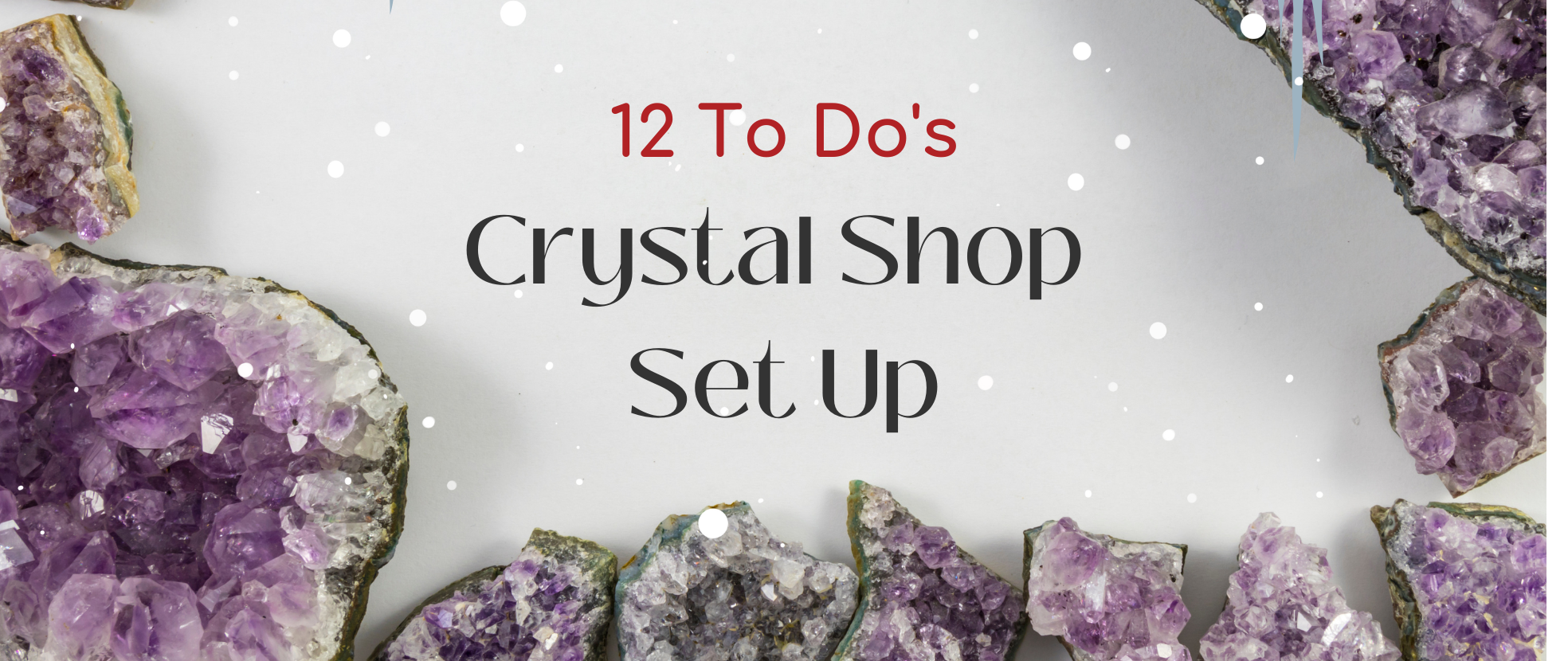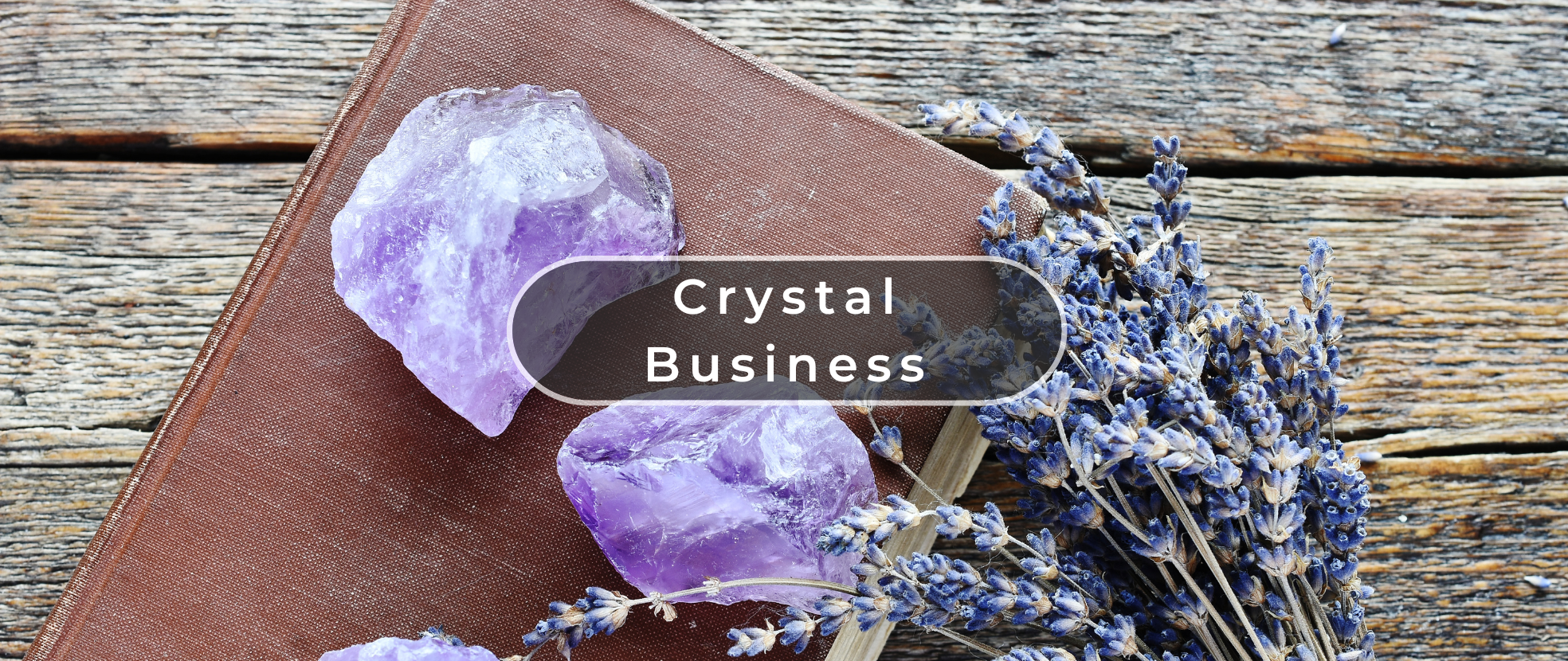What On Earth… will routinely discuss one type of gemstone or crystal, so you can learn all about the physical, historical and spiritual aspects of the magnificent stones we sell!
The beautiful gemstone tourmaline is a crystalline boron silicate mineral. This variety of gemstone is well known for its many colours due to being compounded with a variety of elements, like potassium, magnesium, iron and sodium.
The name tourmaline comes from both the Tamil and Sinhalese work Turmali, indicating that a stone is located in Sri Lanka. This is one of the more popular countries in which tourmaline is mined, but other mining capitals include Brazil, Kenya, Nigeria, Namibia and Tanzania.
In Brazil, the city of Paraiba is well known for its mining of a specific type of tourmaline, originally found in 1989. Coming in bright blue and green colours, this tourmaline is eponymous, named for the city of origin. Paraiba is also where the world's largest tourmaline stone has been found, weighing in at almost 200 carats. Paraiba tourmaline gemstones are also known as the most expensive and valuable touramline gems in the world.
Known as one of the most colourful varieties of gemstone in the world, tourmaline can be found in a variety of different shades and hues. According to ancient legend, the reason for the tourmaline colour variety is due to tourmaline traveling across the rainbow, picking up every colour it contained. In reality, trace amounts of other minerals and compounds are what give tourmaline stones their distinct colours.
For instance, tourmaline gemstones rich in iron are usually dark – black (the most common form of tourmaline), brown, deep blue. Tourmaline gems that contain a lot of magnesium are usually brown to yellow, while lithium-rich tourmaline stones can be almost any colour based on the amount of lithium they contain.
It's also very possible for tourmaline gemstones to contain more than one colour. These stones are extremely common, with specific bi-colour varieties being named (like watermelon tourmaline, a green and pink gemstone variety).
Another distinct characteristic of tourmaline is its pleochroism -- this means that the colour of tourmaline gemstones change when held at different angles. In some gemstones this feature is harder to see, but brightly coloured tourmaline gems often showcase this feature strongly.
Tourmaline minerals are extremely complicated based on their chemical makeup. Their composition contains a variety of different compounds and has a widely varying composition, though the general chemical formula is described as XY3Z6(T6O18)(BO3)3V3W.
In holistic medicine, tourmaline is believed to strengthen both the body and spirit of those who possess it. Specifically, tourmaline gemstones are suggested to those who have issues or injury involving their blood, lymphs and overall nervous system.
For non-physical ailments, tourmaline is known to inspire creativity, reduce fear and bring about greater self-confidence. The gemstone is also used to better stimulate, clear and maintain chakra energy centers.
Is there another gemstone that you're interested in learning more about? Tell us below and you'll see it on our blog soon!





